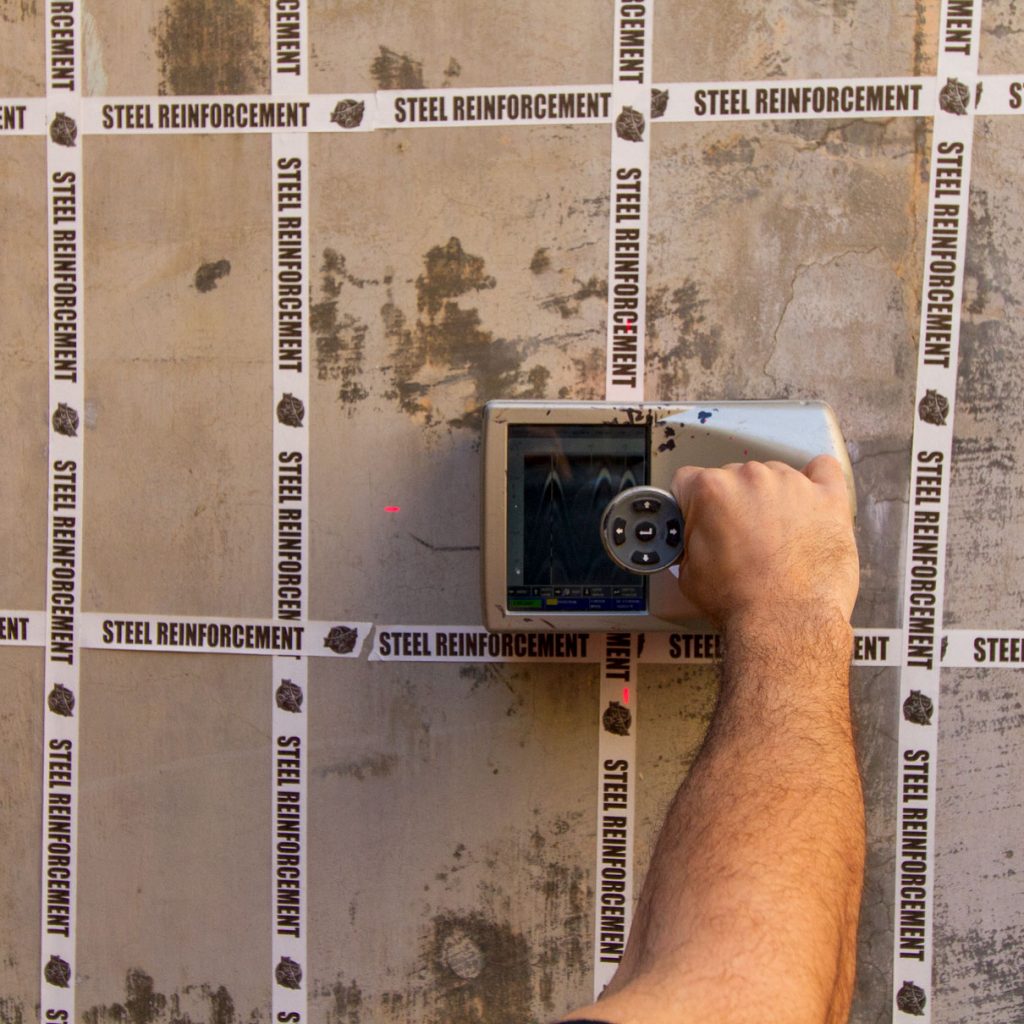Reveal the Transformative Power of Concrete Scanning in Making Best Use Of Performance and Security
Concrete scanning has arised as a vital device in the building sector, providing unparalleled advantages in enhancing task efficiency and making certain safety requirements. By utilizing innovative innovation, concrete scanning permits professionals to see past the surface, revealing surprise complexities that might influence the architectural integrity of a building. The transformative power of concrete scanning depends on its ability to supply thorough understandings and real-time data, reinventing how projects are prepared and executed. As we dive right into the details of this innovative strategy, a world of opportunities opens up, showcasing a new era of building and construction practices that focus on accuracy and security.
Value of Concrete Scanning
Making certain the architectural honesty and safety of building and construction projects begins with the important action of performing thorough concrete scanning. Concrete scanning is a non-destructive approach made use of to detect and map subsurface components within concrete structures.
Furthermore, concrete scanning aids in enhancing task timelines and spending plan by staying clear of unanticipated prices and hold-ups that might emerge due to unforeseen blockages within the concrete. Inevitably, spending in comprehensive concrete scanning is a proactive approach that boosts both performance and safety and security in construction projects.
Just How Concrete Scanning Functions
Concrete scanning runs as a crucial device in building jobs by using sophisticated technologies to identify and map subsurface aspects without creating architectural damage. Ground Passing Through Radar (GPR) and Electromagnetic Induction (EMI) are 2 key techniques used in concrete scanning.
Throughout the scanning process, the data accumulated is examined in real-time, permitting prompt identification of potential dangers or obstacles underneath the surface. This information help in decision-making, guaranteeing that construction tasks continue securely and efficiently. Furthermore, 3D imaging software program can be utilized to produce comprehensive maps of the subsurface aspects, better enhancing project preparation and execution. By utilizing these sophisticated technologies, concrete scanning significantly decreases the risk of costly damages and injuries on construction websites.
Benefits of Concrete Scanning
One of the key advantages of concrete scanning is the capability to identify and locate ingrained objects such as rebar, post-tension wires, and conduits properly. Concrete scanning assists in preparation and developing more successfully, as it gives accurate details regarding the area and depth of architectural components.

Study: Concrete Scanning Success

In another situation, a building and construction business made use of 3D concrete scanning to assess the condition old concrete frameworks in a historic structure. The detailed scans given important understandings into the extent of degeneration and aided prioritize maintenance efforts properly. By proactively addressing areas of worry recognized via scanning, the business was able to expand the lifespan of the structure and guarantee passenger security.
These study underscore the transformative power of concrete scanning in enhancing effectiveness, accuracy, and security in building jobs.
Applying Concrete Scanning in Projects
Applying innovative scanning technologies during building and construction projects has become increasingly vital for improving precision and security. By incorporating concrete scanning right into job preparation and execution, construction groups can identify potential risks, such as rebar or post-tension cable televisions, hidden within concrete frameworks. This aggressive strategy decreases the threat of mishaps, delays, and costly rework, inevitably resulting in more reliable task timelines and budget plans.
To carry out concrete scanning efficiently, job managers ought i was reading this to collaborate closely with knowledgeable scanning professionals to establish the most appropriate scanning strategies for the certain project requirements. Involving scanning experts from the early phases of a project enables the group to create thorough scanning plans that address vital areas of concern and make sure complete data collection.
Additionally, integrating concrete scanning into routine project process can enhance decision-making procedures, as real-time scan information offers prompt insights right into the condition of concrete structures - Concrete Scanning. This data-driven approach assists in informed analytical and makes it possible for teams to make modifications promptly, promoting a society of efficiency and safety websites and security throughout the project lifecycle

Conclusion
To conclude, concrete scanning plays an important duty in enhancing efficiency and security in building and construction projects. By using sophisticated modern technology to discover and map out underlying structures within concrete, this process assists to avoid costly mistakes, guarantee architectural honesty, and minimize risks on site. With the ability to uncover hidden aspects and offer precise information, concrete scanning verifies to be a beneficial device for enhancing project outcomes and making best use of overall success.
Concrete scanning is a non-destructive method used to detect and map subsurface elements within concrete structures. Additionally, concrete scanning aids in maximizing task timelines and spending plan by staying clear of unanticipated prices and hold-ups that may occur due to unexpected obstructions within the concrete. One significant instance research includes a massive remodelling project where concrete scanning played an essential duty in guaranteeing project success.In another situation, a building firm used 3D concrete scanning to examine the condition of maturing concrete frameworks in a historic structure. By incorporating concrete scanning right into job planning and implementation, building and construction teams can identify possible risks, such as rebar or post-tension cables, concealed within concrete frameworks.